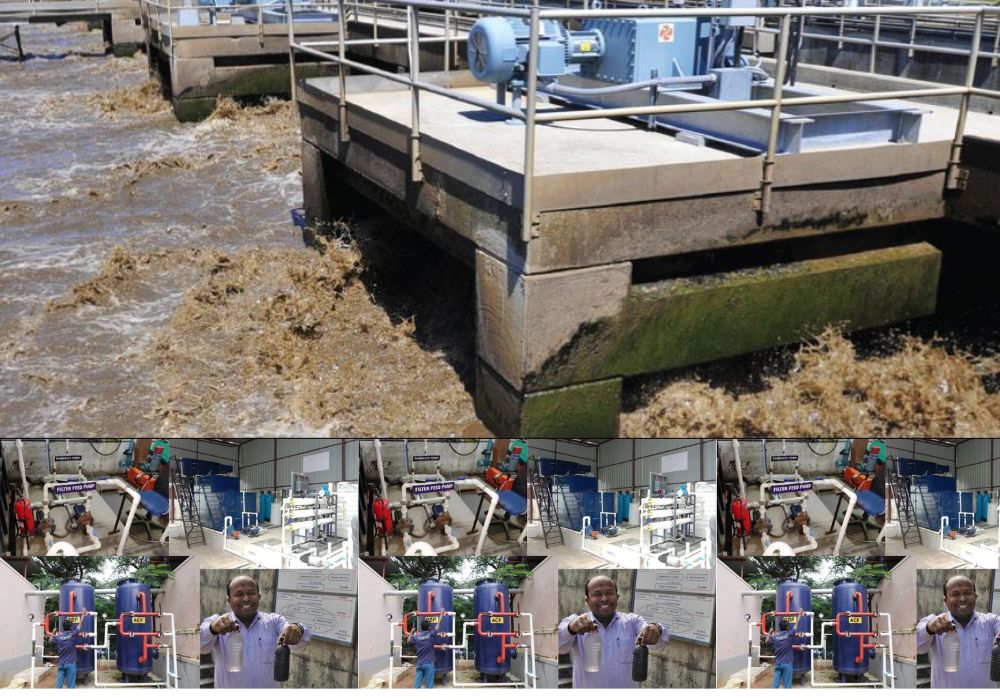Sewage Treatment in Bangladesh: Modern Solutions & Challenges (2025)
Bangladesh, a country known for its natural beauty, faces a pressing challenge beneath the surface: wastewater management. This isn’t just about convenience; it’s crucial for public health, environmental protection, and a sustainable future. Let’s explore Bangladesh’s sewage treatment journey, from technological advancements to ongoing challenges.

From Open Sewers to Activated Sludge
For years, open sewage was a common sight, posing a health risk and environmental threat. However, a turning point came with the Dhaka Water Supply and Sewerage Authority (DWASA) constructing the first sewage treatment plant in Narayanganj. This plant utilized the innovative activated sludge process, where microorganisms break down pollutants. Treated water is then safely released, showcasing the power of technology for environmental healing.
A Diverse Treatment Toolbox
Cities across Bangladesh are adopting various treatment methods. Anaerobic digestion harnesses bacteria to decompose organic matter, even generating biogas as a byproduct. Membrane filtration acts as a microscopic gatekeeper, removing impurities for cleaner water. For ultimate disinfection, ultraviolet light eliminates pathogens, ensuring safe water.
A Hidden Treasure in Wastewater
The treatment process produces sludge, a nutrient-rich byproduct. But this isn’t waste! With proper management, sludge can be transformed into fertilizer, promoting sustainable agriculture and embracing a circular economy. Resource recovery from sludge holds immense potential for Bangladesh.
Decentralized Solutions
For rural areas, large treatment plants might not be feasible. Here, decentralized wastewater treatment systems emerge as heroes. These compact systems, often using biofilters or constructed wetlands, treat wastewater locally, empowering rural communities to manage their sanitation needs.
Challenges and The Road Ahead
Financing, skilled operation, and public awareness remain hurdles. Strong legal frameworks, capacity building for plant operators, and responsible waste disposal practices are crucial.
A Collective Dive for a Brighter Future
Bangladesh’s journey towards clean water is a collaborative effort. Government agencies, water technology companies, engineers, and the Bangladeshi people are all vital players. Environmental NGOs play a key role in raising awareness and advocating for change. Together, these forces can turn the tide against water pollution, ensuring a future where Bangladesh’s rivers flow with the promise of a healthy and prosperous nation.
